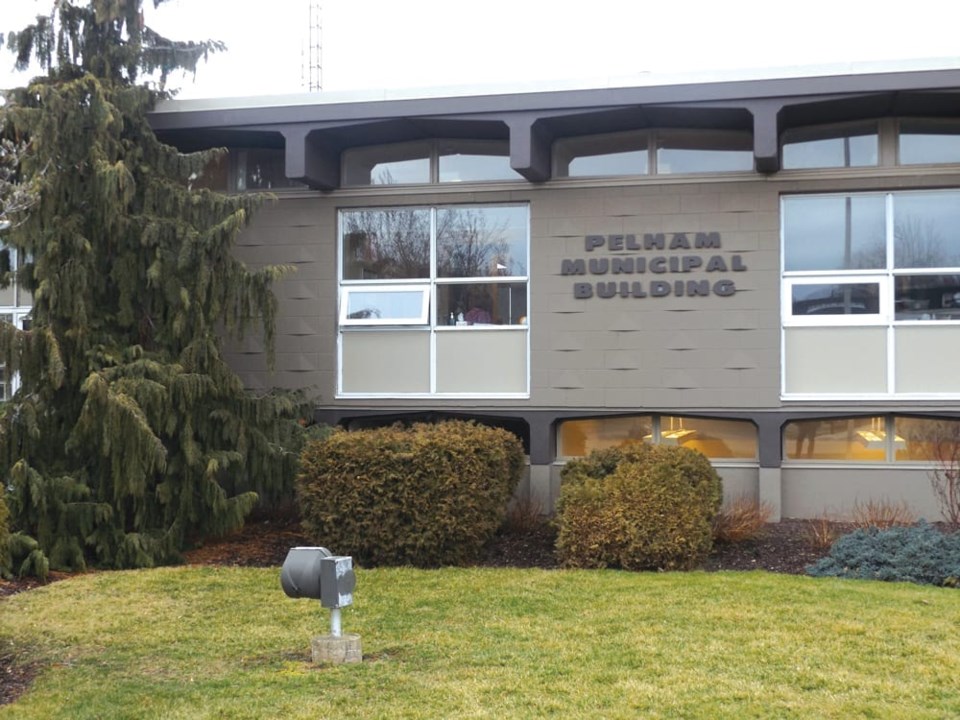The Voice has reached out to various expert sources for their input on what would properly constitute a thorough examination of the Town of Pelham's controversial land transactions in East Fonthill, as well as an examination of previous financial statements it has made in support of obtaining provincial approval for debentures required to fund its venture.
We urge Council to incorporate the following into any audit it commissions.
Scope
The audit should examine the land for municipal credits deal from inception to buy-back of credits by the Town, including and specifically the journal entries to account for the land. There needs to be produced and examined a complete timeline of transactions and events.
Questions that need to be answered
Did the Town use the "excess parkland dedication by-law" appropriately? Why was it necessary to change the by-law prior to executing the agreement? What changed?
Did the Allen Group (Fonthill Gardens) own the property at the time the agreement was executed?
When did the Allen Group assume title of the property referenced in agreement?
Who completed the appraisal? Who retained the appraiser? Who arranged for the peer review? Did the Town obtain a separate appraisal of its own?
When did the Town assume title to the land?
Is the appraised land actually being used as a park?
Is the agreement a front-end agreement or not?
How much of the "municipal credits" were used by the Allen Group and those to whom the Allen Group sold them? For what purposes? By whom? A full accounting is required for each credit and where it was applied. If credits were used to offset development charges, the Town is required to put an equivalent amount in their development charges reserves—did this occur?
Where did the cash come from to purchase the outstanding "municipal credits" once the Town decided to end the scheme?
Was the Town of Pelham borrowing from its Development Charge Funds and/or restricted reserves at the end of 2015? Did it declare this borrowing on its Financial Information Report (FIR) submitted to the province, a document essential to determining a municipality’s Annual Repayment Limit? How much interest is the Town charging itself for borrowing against its own reserves?
In the addendum that the Town provided to its initial 330-page response to the Region’s Audit Committee, the Mayor said that the Municipal Credits liability was changed to an asset and the amount was now an Accounts Receivable. Who is it receivable from? When?
Did the Town of Pelham violate the provincial Development Charges Act by creating a front-end agreement without following the process prescribed under Section 44, or any other section of the Act?
Did the Town of Pelham misstate their 2016 financials by including a receivable for monies not actually owed—i.e., did it pull future revenue into 2016 that properly belonged to 2017 or beyond in order to appear profitable, and to what end would this false appearance of profitability serve?
The Mayor has stated that the value of the credits would increase over time. Is this allowed under a front-end agreement? If it is not a front-end agreement, can the Town of Pelham consider future development charges to be collected as a current Receivable?
If the Town purchased excess parkland, why does it not appear in the tangible capital assets table in Schedules 2 or 3 of its audited financial statements, which are provided annually?
What was the $4.5 million in contributed capital assets received in 2016? From whom? For what infrastructure?
The Town's own reports consistently refer to the Town as a "developer.” In what way is the Town a developer? Is the Town a partner in Fonthill Gardens? Where and what is the Town of Pelham developing?
UPDATED OCTOBER 7, 2017: An inartfully phrased summary of a blog post by Mayor Augustyn has been removed from this list of questions. The Mayor did not originally state that property acquired through the Town's land-for-credits scheme was valued 20% higher at time of purchase, but rather that in light of real estate prices rising since this deal was made, the price agreed to then seems relatively low in today's market. While we strongly disagree that the price paid then was reasonable, or that it would be reasonable today, even after recent spikes in property prices, we did not accurately quote the Mayor's blog post. We regret the error.



